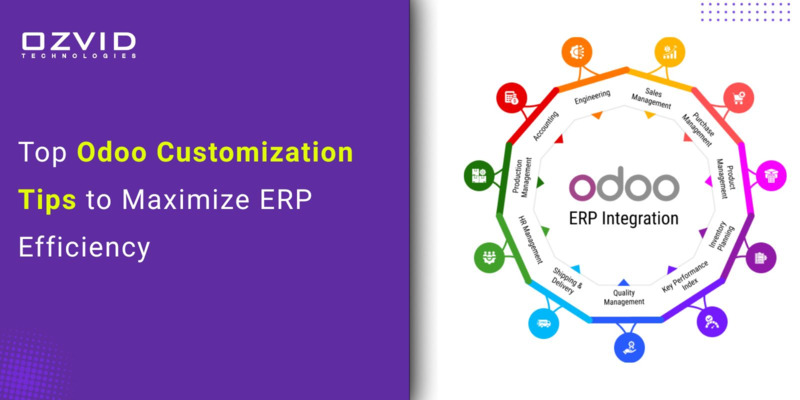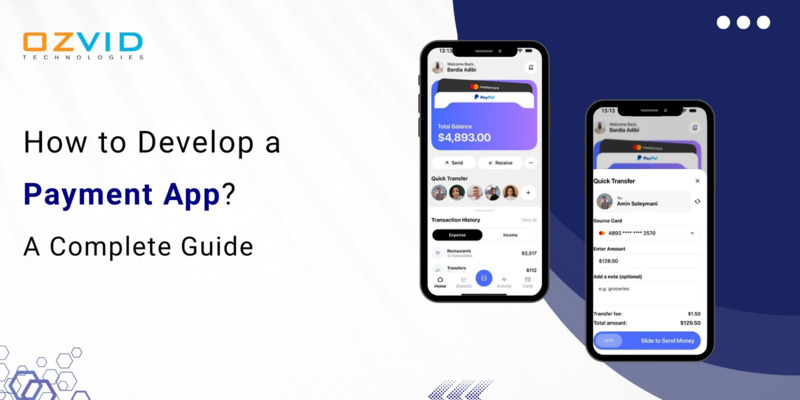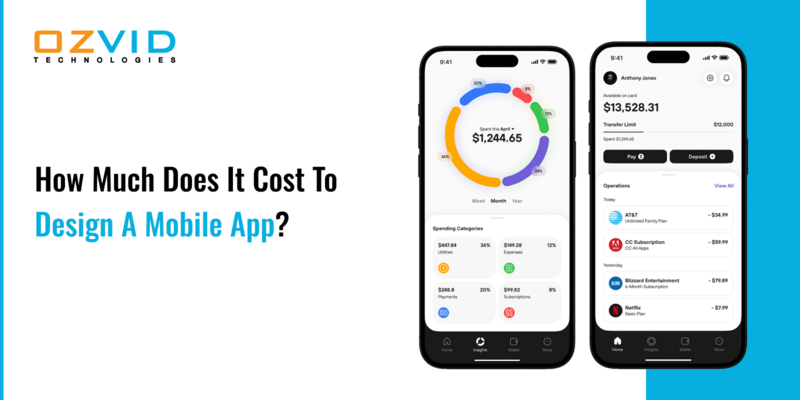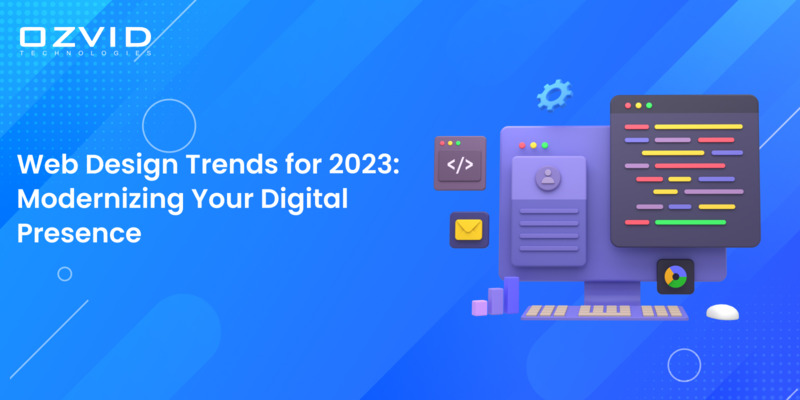- Oct 04, 2025
- Web Design
- 15024
Share this post on:
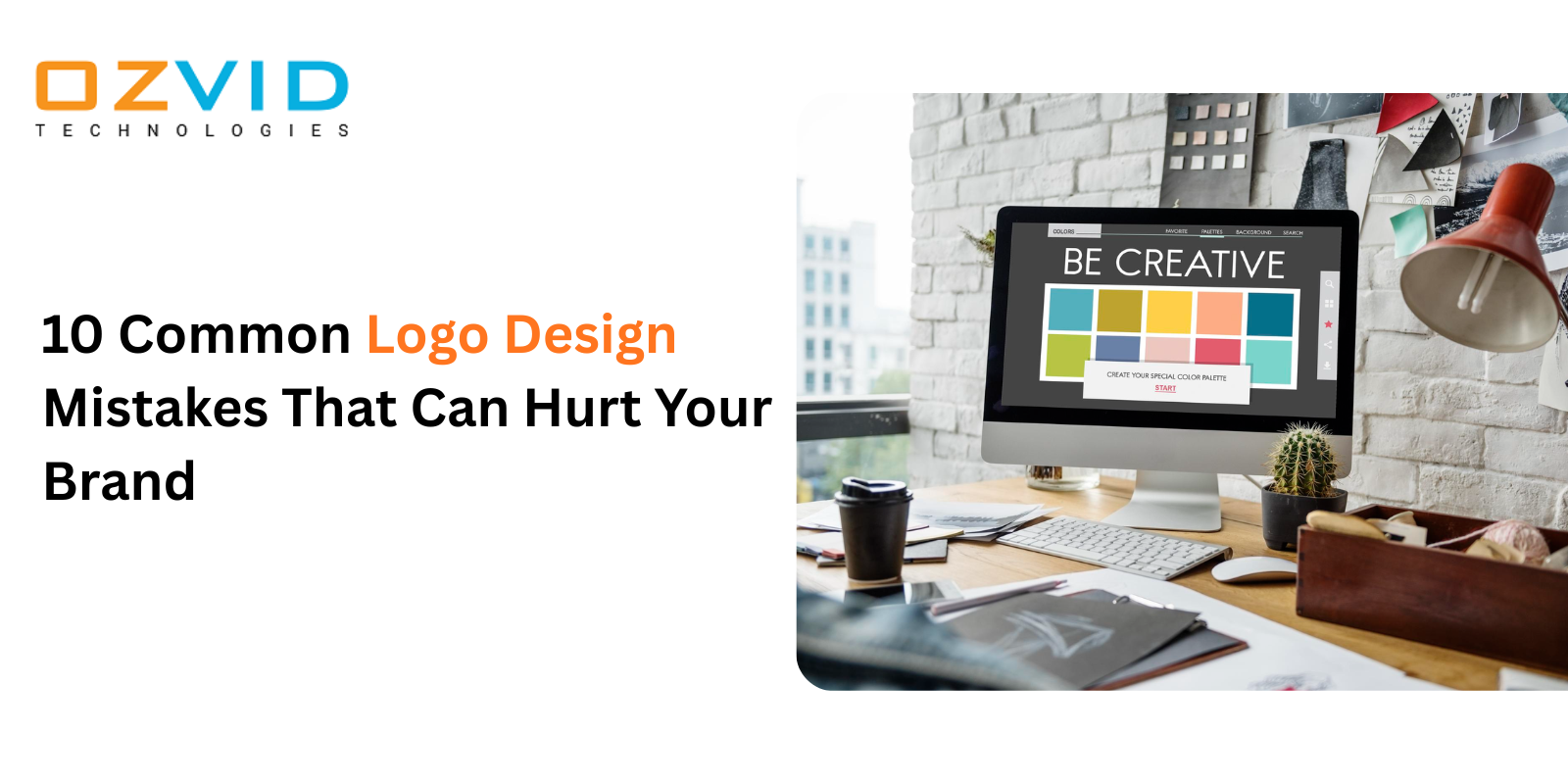
Your logo is the visual foundation of your brand — the first thing customers notice and the symbol that represents your business across all platforms. Crafting the best logo design is essential because a well-designed logo builds trust, recognition, and lasting impressions. However, many brands unknowingly make mistakes in their logo design process, which can damage their identity and confuse their audience.
Here are 10 common logo design mistakes that can hurt your brand and why you should avoid them to create a logo that truly reflects your business.
1. Overcomplicating the Design
Many designers fall into the trap of making logos too complex by including too many elements, colors, or fonts. While it might seem like adding more details makes the logo stand out, it often has the opposite effect. Overcomplicated logos can be difficult to recognize or remember, and they lose their impact when scaled down for smaller uses like social media profiles or business cards. The best logo design is usually simple and clean, focusing on clear shapes and minimal elements that communicate the brand’s essence instantly.
2. Following Trends Blindly
It’s tempting to jump on the latest design trends when creating a logo, but trends are fleeting. Logos designed solely to fit a current trend may quickly feel outdated, making your brand seem less relevant or inconsistent over time. Instead of chasing every new fad, a strong logo focuses on timeless design principles that will work well for years. This approach ensures the logo remains fresh and professional, no matter how trends evolve.
3. Neglecting Scalability
A logo needs to perform well in a variety of sizes and formats — from large outdoor signs to tiny app icons. Some logos look great on a computer screen but become unreadable or pixelated when shrunk down. Ignoring this important aspect limits the logo’s usability and reduces brand consistency across different mediums. Ensuring your logo uses vector graphics and simple shapes helps maintain clarity and quality regardless of size.
4. Poor Color Choices
Colors communicate emotions and personality, but selecting inappropriate or excessive colors can confuse your brand message. For example, bright, playful colors might not suit a serious corporate brand, while too many colors can make a logo feel chaotic or hard to reproduce in print. Thoughtful color selection that aligns with your brand’s values is essential. The best logo design carefully considers color psychology and practical uses to create a harmonious palette.
5. Using Too Many Fonts
Mixing multiple fonts within one logo often results in a disjointed and unprofessional appearance. Typography is a powerful tool in logo design, but it must be used thoughtfully. Sticking to one or two complementary fonts ensures readability and visual harmony, helping the logo look polished and cohesive.
6. Copying Other Logos
Originality is key in logo design. Replicating or imitating other logos, even unintentionally, undermines your brand’s uniqueness and can lead to legal issues. A logo must be a distinct visual representation of your brand’s story and values. The best logo design stands out by being authentic and memorable, avoiding clichés or generic concepts.
7. Overlooking Versatility
A logo must be adaptable across many platforms and uses, including websites, merchandise, packaging, and promotional materials. If a logo only works in full color or on a specific background, it limits where and how it can be used effectively. Designing different versions — such as monochrome or reversed colors — and testing your logo on various backgrounds and sizes helps ensure it remains effective no matter the context.
8. Not Reflecting the Brand Identity
Your logo should tell a story about who you are as a brand. Without a clear connection to your brand’s mission, values, and personality, a logo risks feeling disconnected or irrelevant. Research and clarity about what your brand stands for are essential foundations before starting the design. The most successful logos capture the essence of the brand visually, creating an emotional connection with the audience.
9. Ignoring Constructive Feedback
Designers and business owners can sometimes become attached to their logo ideas, dismissing feedback that could improve the final design. Listening to clients, team members, or even potential customers provides valuable perspectives that can reveal overlooked issues or opportunities. Iterative refinement based on thoughtful feedback leads to a stronger and more effective logo.
10. Rushing the Process
Designing a logo is a critical step in building your brand identity and should never be rushed. Taking time to brainstorm, sketch, experiment, and refine ideas results in a more thoughtful and polished design. A rushed logo often feels generic and uninspired, failing to leave a lasting impression on your audience. The best logo design comes from patience and a commitment to quality.
Conclusion
Avoiding these common mistakes is crucial if you want to create a logo that effectively represents your brand and stands out in a crowded marketplace. The key to the best logo design lies in simplicity, timelessness, versatility, and a genuine reflection of your brand’s identity.
If you are unsure about designing your own logo or want to ensure you get it right the first time, working with experienced designers who understand your brand can make all the difference. A professional logo not only enhances your brand’s credibility but also lays the foundation for consistent, long-term success.








